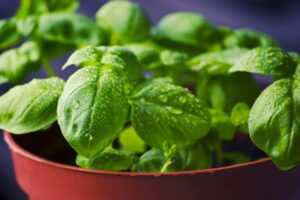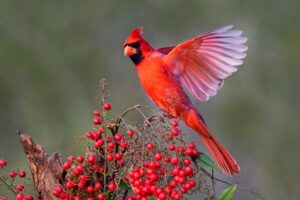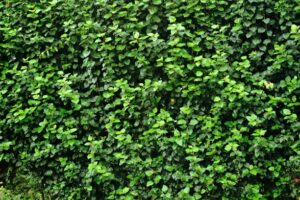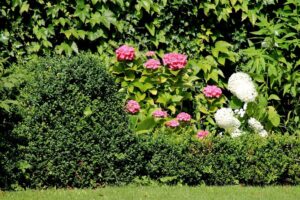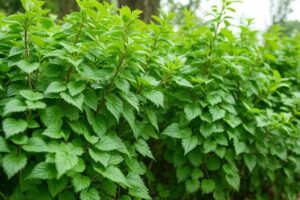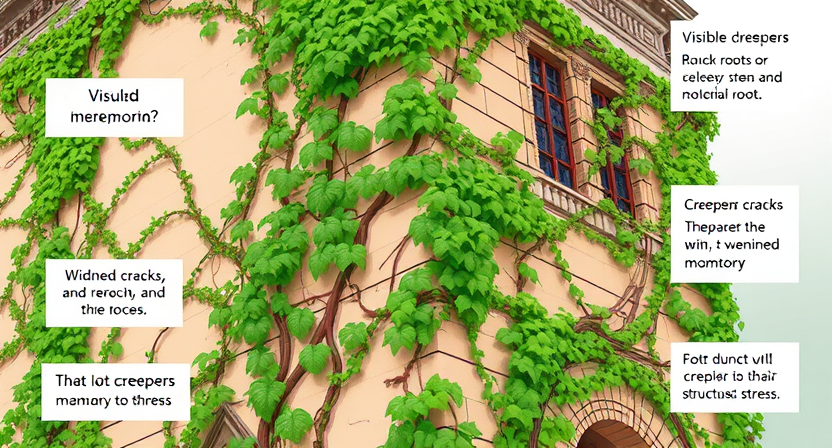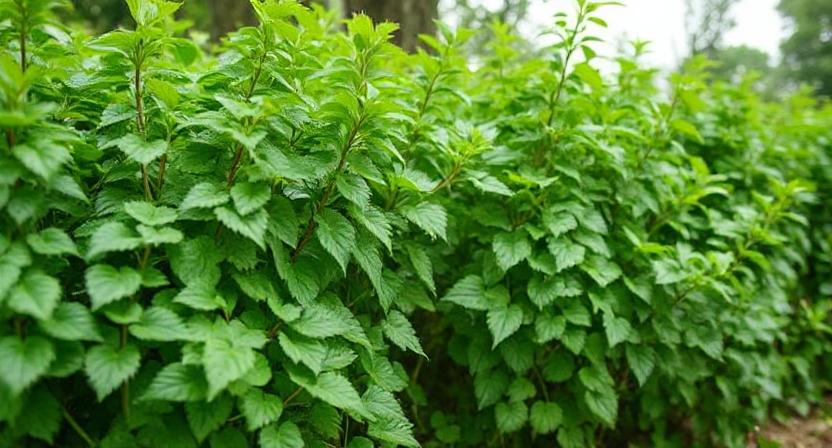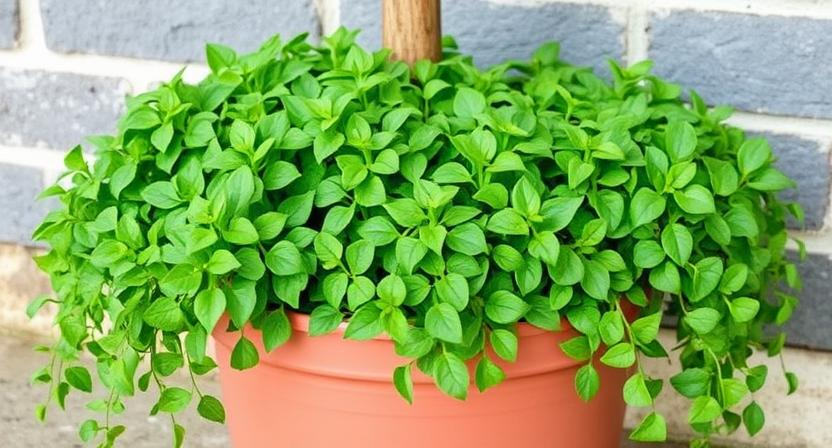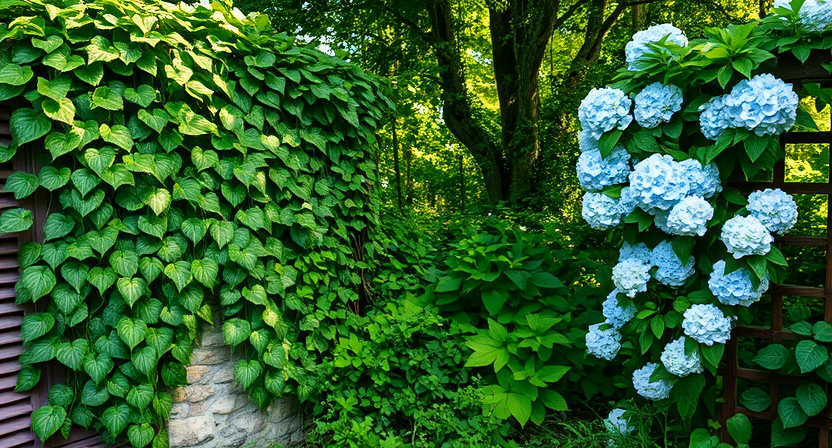Understanding the Nature of Creepers

Creepers, also known as climbing plants or vines, are a common sight in gardens, forests, and even urban environments. These plants possess unique characteristics that allow them to grow and propagate by attaching themselves to other structures for support. One of the defining features of creepers is their ability to produce tendrils, aerial rootlets, or specialized structures that enable them to cling and climb. By doing so, creepers can ascend and spread across surfaces such as walls, fences, and even buildings.
The growth pattern of creepers is primarily driven by their need for access to sunlight. As such, these plants tend to display a strong phototropic response, meaning they exhibit a natural tendency to grow towards sources of light. This characteristic allows creepers to make use of vertical surfaces and climb towards the sun, providing them with the necessary sunlight to fuel their growth and reproduction. Moreover, creepers are often characterized by their ability to adapt to various environmental conditions, making them capable of thriving in diverse habitats.
• Creepers have the ability to attach themselves to other structures for support.
• They produce tendrils, aerial rootlets, or specialized structures that enable them to cling and climb.
• Creepers can ascend and spread across surfaces such as walls, fences, and buildings.
• The growth pattern of creepers is driven by their need for access to sunlight.
• They exhibit a strong phototropic response, growing towards sources of light.
• This allows creepers to make use of vertical surfaces and climb towards the sun.
• Creepers are capable of adapting to various environmental conditions.
The Role of Creepers in Vegetation Growth on Buildings

Creepers play a significant role in the growth of vegetation on buildings. These plants, also known as climbers or vine plants, have the ability to attach themselves to various surfaces using specialized structures like tendrils, adhesive pads, or twining stems. Once attached, creepers can grow and spread quickly, adding a touch of natural beauty to urban environments.
One of the primary benefits of creepers is their ability to provide insulation to buildings. The dense foliage of creepers creates a layer of trapped air that acts as a buffer against temperature extremes. This natural insulation helps in reducing heat gain during summer months and heat loss during winters. Additionally, the leaves of creepers also act as a barrier against rain and wind, protecting the building from potential weather damage. The presence of creepers on buildings can also help in reducing air pollution by absorbing harmful gases and releasing oxygen into the surrounding environment. Overall, creepers play a crucial role in enhancing the aesthetic appeal and environmental sustainability of buildings.
• Creepers attach themselves to surfaces using specialized structures like tendrils, adhesive pads, or twining stems.
• Their ability to quickly grow and spread adds natural beauty to urban environments.
• Creepers provide insulation to buildings by creating a layer of trapped air with their dense foliage.
• This insulation helps reduce heat gain in summer and heat loss in winter.
• The leaves of creepers act as a barrier against rain and wind, protecting the building from weather damage.
• Creepers absorb harmful gases and release oxygen into the environment, helping reduce air pollution.
• Overall, creepers enhance the aesthetic appeal and environmental sustainability of buildings.
Factors Contributing to the Potential Damage of Creepers

Creepers, although often valued for their aesthetic appeal and contribution to green spaces, can pose a potential threat to the structural integrity of buildings. One factor contributing to the potential damage of creepers is their ability to penetrate minute cracks and crevices in building materials. As these plants grow and establish themselves, their roots expand, exerting pressure on the surrounding surfaces. Over time, this pressure can worsen existing cracks or weaken the structural integrity of the building, leading to potential structural damage.
Additionally, the growth pattern of creepers can further contribute to their potential damage. Many creepers, such as ivy, attach themselves to walls and surfaces using root-like structures known as adventitious roots. While these roots provide stability, they can also cause mechanical damage. As the roots grow into crevices or gaps in the building materials, they exert pressure, causing the surfaces to crack or deteriorate. Furthermore, the continual growth of the creepers can worsen this damage, as the expanding roots apply constant pressure on the building materials.
• Creepers have the ability to penetrate minute cracks and crevices in building materials
• The roots of creepers expand as they grow, exerting pressure on surrounding surfaces
• This pressure can worsen existing cracks or weaken the structural integrity of buildings
• Many creepers attach themselves to walls using adventitious roots, which can cause mechanical damage
• These roots growing into crevices or gaps in building materials exert pressure, causing surfaces to crack or deteriorate
• Continual growth of creepers exacerbates this damage by applying constant pressure on building materials
Types of Creepers That Can Cause Structural Damage

Types of creepers that can cause structural damage vary in their characteristics and growth patterns. One such creeper is the English ivy, known for its rapid growth and ability to attach itself to surfaces using small root-like structures called holdfasts. While this creeper may seem elegant with its glossy leaves, it can pose a threat to buildings. As it continues to grow and spread, the ivy can penetrate small cracks and crevices in the building’s facade, causing structural weaknesses and potential damage.
Another creeper to keep an eye out for is the Japanese honeysuckle, a fast-growing vine with white and yellow flowers that emit a sweet fragrance. Despite its beauty and aroma, this creeper has a penchant for growing vigorously, sometimes reaching up to 30 feet in length. Its extensive growth can overwhelm building exteriors, covering walls, windows, and even roofs. If left uncontrolled, the Japanese honeysuckle can lead to structural damage by infiltrating and weakening the building’s surfaces, especially when it vines tightly around structures like gutters and downspouts, impeding their functionality.
• English ivy: known for rapid growth and ability to attach itself using holdfasts
– Can penetrate small cracks and crevices in building’s facade
– Causes structural weaknesses and potential damage
• Japanese honeysuckle: fast-growing vine with white and yellow flowers
– Can reach up to 30 feet in length
– Overwhelms building exteriors by covering walls, windows, and roofs
– Infiltrates and weakens surfaces, especially when tightly vining around gutters and downspouts
The Impact of Creepers on Building Materials

Creepers, while often admired for their beauty and ability to enhance the aesthetics of buildings, can have a significant impact on the materials they grow on. The growth of creepers, such as ivy or climbing roses, can lead to deterioration and damage to various building materials over time. For instance, the tendrils of creepers can penetrate into cracks and crevices in masonry and concrete, causing them to widen and weaken. As a result, the overall stability and structural integrity of the building can be compromised.
In addition to the physical damage caused by creepers, their presence can also contribute to the growth of moss, algae, and lichen, which thrive in the moist environment created by the foliage. These organisms can further accelerate the degradation process of building materials. For example, the moisture trapped by the crevices created by creepers can lead to the development of mold and rot on wooden surfaces. Similarly, the build-up of moss and lichen can cause discoloration and erosion of roofing materials, such as shingles or tiles. As a result, the lifespan of building materials may be significantly reduced, leading to costly repairs and maintenance.
– Creepers can penetrate cracks and crevices in masonry and concrete, weakening the structure
– Presence of creepers creates a moist environment that promotes the growth of moss, algae, and lichen
– Moisture trapped by creepers can lead to mold and rot on wooden surfaces
– Build-up of moss and lichen can cause discoloration and erosion of roofing materials
– Overall lifespan of building materials may be significantly reduced due to damage caused by creepers
How Creepers Can Weaken the Foundation of a Building

Creepers, also known as climbing plants, may seem harmless and even decorative when they grow on buildings. However, their presence on the exterior surfaces can lead to serious structural issues, particularly in relation to the foundation of a building. One of the primary ways in which creepers can weaken the foundation is through their root systems. As these plants grow, their roots extend into any available crevices, cracks, or weak spots in the building’s foundation. Over time, the roots can cause further damage by expanding these openings and compromising the overall stability of the foundation.
The presence of creepers can also lead to moisture-related problems that further contribute to the weakening of a building’s foundation. When they cling to walls, creepers create a barrier that prevents proper airflow and sunlight from reaching the surface. This lack of ventilation can result in excessive moisture buildup on the walls and foundation, promoting the growth of mold, mildew, and rot. The constant exposure to moisture weakens the foundation’s integrity, making it prone to cracking, shifting, and settling. These factors combined can lead to significant damage to the building’s foundation and overall structural stability.
– Creepers can weaken the foundation of a building through their root systems
– The roots extend into crevices, cracks, and weak spots in the foundation
– Over time, the roots expand these openings and compromise the stability of the foundation
– Creepers create a barrier that prevents proper airflow and sunlight from reaching the surface of walls
– Lack of ventilation leads to excessive moisture buildup on walls and foundation
– Excessive moisture promotes growth of mold, mildew, and rot
– Constant exposure to moisture weakens the integrity of the foundation
– Weakened foundation becomes prone to cracking, shifting, and settling
The Effect of Creepers on Walls and Surfaces

Creepers can have a significant impact on the walls and surfaces of buildings. As these plants climb and spread along the exterior, their root systems can penetrate and damage various materials. In particular, bricks and stones are susceptible to the invasive nature of creepers. The roots can work their way into the small cracks and crevices, causing them to widen and potentially compromise the structural integrity of the walls. Additionally, the constant contact between the vines and the surfaces can lead to the accumulation of moisture, creating a favorable environment for mold and mildew growth, further deteriorating the condition of the walls and surfaces.
Moreover, the aesthetic appeal of the walls and surfaces can be greatly affected by the presence of creepers. While some may appreciate the lush green foliage that envelops the building, others may find it unsightly or undesirable. The clinging and crawling nature of these plants can result in stains, discoloration, and surface abrasions. Over time, this can give the walls a worn-out and neglected appearance, detracting from the overall beauty and cleanliness of the building. Therefore, it becomes crucial to consider the potential consequences of creepers on walls and surfaces and take appropriate preventative measures to mitigate their negative effects.
• Creepers can damage walls and surfaces by penetrating their root systems into cracks and crevices.
• Bricks and stones are particularly vulnerable to the invasive nature of creepers.
• The roots can widen existing cracks, potentially compromising the structural integrity of the walls.
• Constant contact between vines and surfaces can lead to moisture accumulation, promoting mold and mildew growth.
• Mold and mildew further deteriorate the condition of walls and surfaces over time.
• Creepers can affect the aesthetic appeal of buildings by causing stains, discoloration, and surface abrasions.
• The clinging nature of these plants gives walls a worn-out appearance, detracting from their beauty.
Damage Caused by Creepers to Roofing and Gutters

Creepers, with their relentless growth and spreading nature, can wreak havoc on the roofing and gutter systems of buildings. As these plants climb and intertwine themselves around structures, the weight and moisture they accumulate can lead to significant damage over time. The tendrils of creepers can penetrate through cracks and crevices in roofing materials, causing them to deteriorate and weaken. This can result in leaks, water damage, and even structural problems if left unaddressed.
Additionally, creepers can obstruct and clog gutters, impeding the proper flow of rainwater. As the plants entangle themselves within the gutter system, leaves, debris, and water can become trapped, leading to blockages and preventing water from draining away from the building effectively. This stagnant water can then overflow onto the roof, seep into the walls, or damage the fascia, soffit, and other components of the gutter system. Ultimately, prolonged exposure to this water buildup can lead to rot, mold, and further degradation of the roofing and gutter materials.
• Creepers can penetrate cracks and crevices in roofing materials, causing deterioration and weakening.
• This can result in leaks, water damage, and even structural problems if not addressed.
• Creepers can obstruct and clog gutters, impeding the proper flow of rainwater.
• Leaves, debris, and water become trapped within the gutter system due to creepers entangling themselves.
• Blockages prevent water from draining effectively away from the building.
• Stagnant water overflow onto the roof or seeps into walls, damaging fascia, soffit, and other gutter components.
• Prolonged exposure to this water buildup can lead to rot, mold, and further degradation of roofing and gutter materials.
Preventive Measures to Protect Buildings from Creeper Damage

When it comes to preventing damage caused by creepers to buildings, there are several measures that can be taken. Firstly, regular inspections of the building’s facade should be conducted to identify any signs of creeper growth. If detected early on, creepers can be removed before they have a chance to cause significant damage. Secondly, applying a waterproof coating on the exterior walls can act as a barrier, preventing creepers from attaching themselves to the surface. This coating should be reapplied periodically to ensure its effectiveness.
Additionally, implementing a maintenance plan that includes regular pruning and trimming of existing creepers can help control their growth and prevent them from becoming overgrown and causing structural damage. It is important to remember that prevention is key, and timely action is crucial in protecting buildings from the potential harm that creepers can inflict. By taking these preventive measures, building owners can maintain the integrity of their structures and prolong their lifespan.
• Regular inspections of the building’s facade to identify creeper growth
• Early removal of creepers before they cause significant damage
• Applying a waterproof coating on exterior walls as a barrier against creepers
• Reapplying the waterproof coating periodically for effectiveness
• Implementing a maintenance plan that includes pruning and trimming existing creepers
• Controlling the growth of creepers to prevent structural damage
• Timely action is crucial in protecting buildings from creeper damage
• Preventive measures help maintain the integrity and prolong lifespan of structures
Maintenance and Removal Techniques for Controlling Creeper Growth

Maintenance and removal techniques are vital for controlling the growth of creepers on buildings. Regular inspection and monitoring are essential to identify the presence of creepers and determine their growth patterns. One effective technique for controlling creepers is pruning. By cutting back overgrown and tangled vines, it helps to limit their spread and prevent damage to the building. Additionally, manual removal can be carried out to physically detach the creepers from the surfaces they have attached themselves to.
In cases where creepers have penetrated the building structure or caused significant damage, more intensive techniques may be required. Chemical treatments can be employed to kill the creepers and inhibit their growth. However, it is crucial to use eco-friendly and non-toxic products to avoid harming the environment or compromising the health of the building occupants. Furthermore, implementing preventive measures such as installing barriers or trellises can be effective in redirecting the growth of creepers away from vulnerable areas.
• Regular inspection and monitoring are essential for identifying creepers and their growth patterns
• Pruning is an effective technique for controlling creepers by cutting back overgrown vines
• Manual removal can physically detach creepers from surfaces they have attached to
• Chemical treatments can be used to kill creepers and inhibit their growth, but eco-friendly products should be used
• Installing barriers or trellises can redirect the growth of creepers away from vulnerable areas



